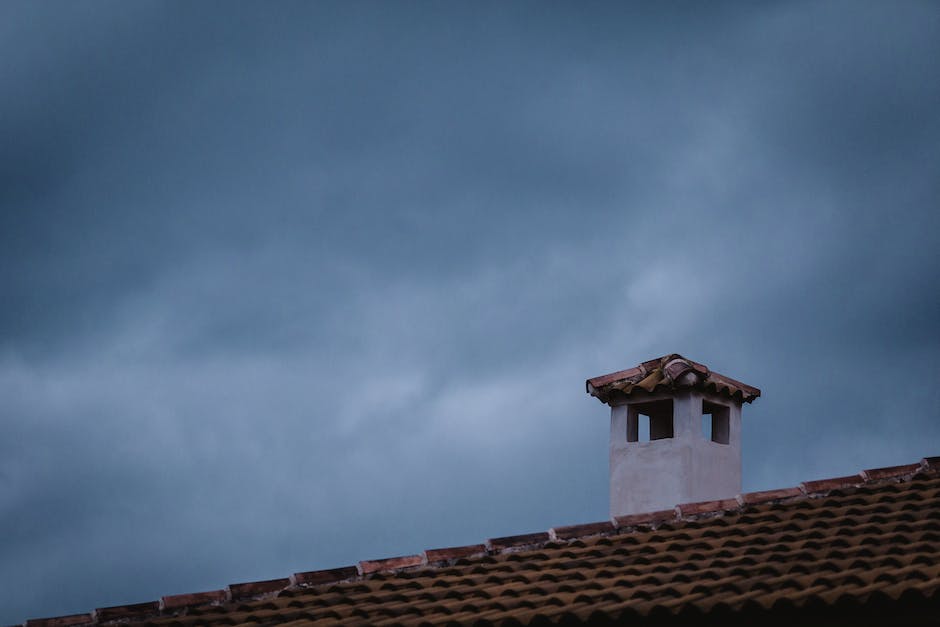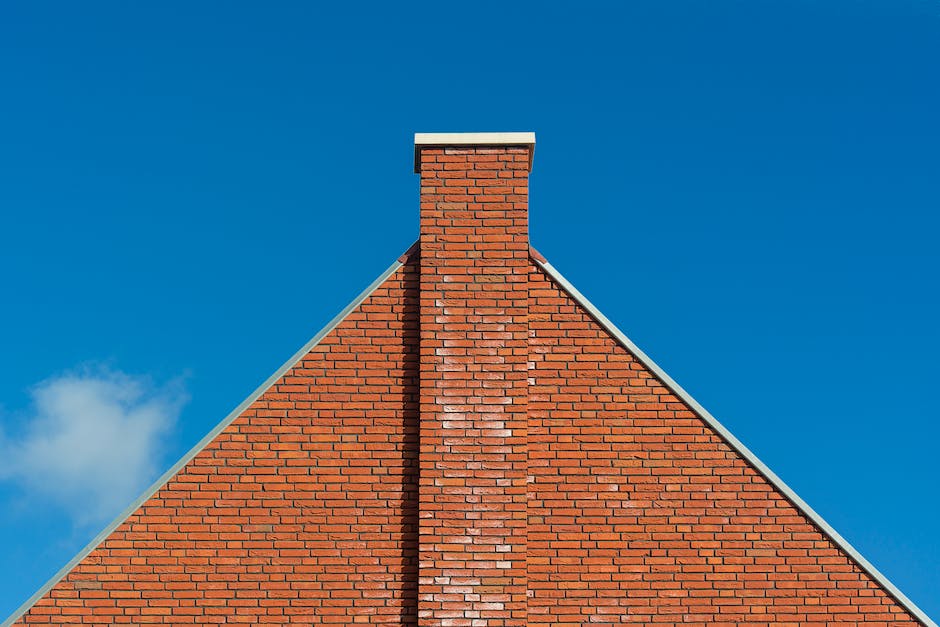The seemingly innocent act of enjoying a warm, crackling fire in your hearth is often overshadowed by an insidious byproduct: creosote. What begins as a cozy flame ends up leaving behind a complex chemical footprint within the confines of your chimney. The multi-layered substance, known as creosote, is more than just a dirty nuisance; its formation and accumulation is a matter of chemistry and circumstance. As we explore the nuances of creosote’s chemical composition, we will uncover the intricate dance of organic compounds that swirl up with the smoke, only to coalesce into dangerous deposits on the walls of your chimney’s interior. Understanding the science behind creosote is the first step in recognizing the silent threat that it poses to homes and their inhabitants.
Chemical Composition and Formation of Creosote
Creosote: A Chemical Conundrum in Chimneys
The prevalence of creosote within chimney flues is a well-documented phenomenon, both vexing for homeowners and fascinating for chemists. From a chemical perspective, creosote is not a singular substance but a complex mixture of various compounds. This mixture originates from the incomplete combustion of wood or other organic matter—where high molecular weight polycyclic aromatic hydrocarbons (PAHs), phenols, and acids coalesce into this maligned and yet intriguing substance. At the forefront of creosote formation is the pyrolysis of lignin and cellulose—the primary constituents of wood—which begins at temperatures as low as 110 degrees Celsius and progresses with increasing temperature.
As wood burns, volatile compounds are released in gaseous form—namely, methanol, acetic acid, and other organic vapors. In the relatively cooler environment of the chimney, these vapors condense and initiate a sequence of chemical reactions, subsequently forming the sticky, tar-like substance known colloquially as creosote. With continued exposure to the products of combustion, layers of creosote accumulate, often displaying varying chemical compositions and physical properties through stratified deposits. These diverse phases—ranging from a slick, shiny layer to a thick, tarry glaze, and eventually to a dense, hardened crust—are indicators of the myriad reactions and chemical alterations occurring over time.
Moreover, the chemical processes governing creosote buildup are notably temperature-dependent. Lower flue-gas temperatures promote greater condensation of vapors and thus more significant creosote deposition. Conversely, higher temperatures can lead to a more complete combustion of wood, reducing the amount of unburnt volatiles. The implications of creosote’s chemical properties extend beyond academic curiosity and harbor tangible implications for fire safety. Regular chimney maintenance is essential to mitigate the risk of creosote-induced chimney fires, which are precipitated by the combustible nature of the substance itself when present in sufficient quantity and exposed to a sufficient ignition source.

Dangers and Effects of Creosote Accumulation
The potential dangers posed by creosote build-up in chimney systems extend beyond the commonly acknowledged risk of chimney fires. Creosote’s propensity to accumulate translates to a gradual deterioration of the chimney lining. Over time, the corrosive nature of creosote can significantly undermine the structural integrity of the chimney. It can cause damage to mortar joints, flue tiles, and the inner surface of the chimney liner, thus, increasing the risk of dangerous gases such as carbon monoxide leaking into the residential or commercial environment. This insidious gas is both odorless and colorless, making it particularly treacherous, as it can go undetected until adverse health effects, or in extreme cases, fatalities occur.
Moreover, the hygroscopic characteristics of creosote deposits can lead to the absorption of moisture within the chimney system. This introduces additional concerns, particularly in climates subject to freezing temperatures. The freeze-thaw cycle exacerbates the erosion of masonry work as moisture in the creosote expands and contracts, leading to cracks and spalling. In the eventuality of such structural degradation, the costs of repair or replacement can be substantial, stressing the economic impact of creosote neglect. It is, therefore, incumbent upon homeowners and building managers to adhere to regular inspections and cleaning protocols to mitigate these risks, thereby ensuring the longevity and safety of chimney structures in residential and commercial buildings alike.

Prevention and Removal Strategies
To effectively prevent creosote build-up, one must approach the issue both proactively and reactively—through preventive methods and systematic removal. Preventive measures largely revolve around the type of wood burned and the burning conditions. It is recommended to burn dry, well-seasoned wood as it contains less moisture and thus allows for a hotter and more complete combustion. This results in less volatile organic compounds released into the chimney flue to create creosote. Moreover, maintaining a sufficient air supply during combustion contributes to a more thorough burn, mitigating the formation of the complex compounds responsible for creosote deposits.
In addition to prevention, reactive measures include regular and thorough chimney cleanings, which should be conducted by a certified chimney sweep. The expertise of such professionals ensures that the creosote is being removed efficiently and that the chimney’s structural integrity is unimpaired. These experts employ a variety of tools such as brushes, scrapers, chemical solvents, and even specialized creosote removal products designed to break down the tar-like substance for easier removal. Furthermore, they can advise on and install chimney liners that provide a smoother surface for easy cleaning and reduce the creosote’s adherence to the flue walls.
Advancements in technology have presented additional options such as anti-creosote products that can be applied by homeowners between professional cleanings. These products catalyze a chemical reaction that modifies the creosote, rendering it less adhesive and more friable, facilitating its removal. Nevertheless, such products should complement, rather than replace, professional chimney maintenance. Ultimately, the judicious combination of these strategies—thoughtful burning practices, professional cleaning, and the application of creosote-altering agents—forms an effective bulwark against the risks posed by creosote accumulation within chimney systems.

Through an informed lens, we can now see that managing creosote is not merely a recommendation, but an imperative for ensuring the safety and longevity of our homes and health. By implementing effective prevention techniques and removal strategies, homeowners can drastically reduce the risks associated with creosote build-up. It’s clear that through proactive actions and responsible fireplace stewardship, we hold the power to foster a safer, cleaner burning experience. Embracing this knowledge not only guards against the immediate threats of chimney fires and compromised air quality, but it also preserves the joyful tradition of gathering around the hearth for generations to come.
